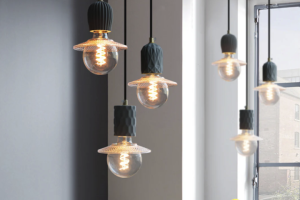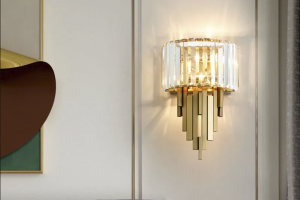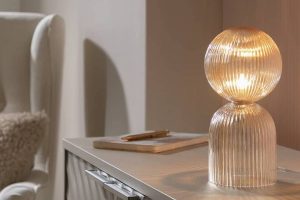Introduction
Scandinavian design has been gaining popularity in recent years, particularly in the field of interior design. Its appeal stems from its minimalistic yet functional approach, which emphasizes clean lines, natural materials, and a neutral color palette. However, some people find the simplicity of Nordic design to be too cold or sterile. This is where luxury interior design comes in – by incorporating elements of opulence and extravagance, it is possible to create a warm and inviting atmosphere that still retains the signature Scandinavian aesthetic.
The Key Elements of Scandinavian Design
Before discussing how luxury design can complement Scandinavian minimalism, it is important to understand the core components of Nordic style. At its essence, Scandinavian design emphasizes simplicity and functionality. This means that furnishings should serve a practical purpose, and should be designed to be both beautiful and useful. Natural materials such as wood, stone, and leather are favored over synthetic materials, and the color palette typically consists of muted tones such as white, gray, and beige.
Clean Lines
One of the hallmarks of Scandinavian design is clean lines. This means that furnishings should be simple and unadorned, with a focus on functionality over decoration. This can be seen in the iconic designs of architects and designers such as Alvar Aalto, Arne Jacobsen, and Hans Wegner.
Natural Materials
Scandinavian design also places a heavy emphasis on natural materials. Wood is a particularly important element of Nordic design, with light-colored, blonde woods such as birch and ash being preferred. Stone and leather are also popular materials, as they add a sense of warmth and texture to a space.
Neutral Color Palette
Finally, the color palette of Scandinavian design is typically neutral and muted. This means that white, gray, and beige are the dominant colors, with pops of brighter hues used sparingly as accents. The goal is to create a sense of serenity and calmness, which can be achieved through the use of a consistent color scheme.
How Luxury Design Complements Scandinavian Minimalism
While Scandinavian design is beloved for its simplicity and functionality, some people find it to be too austere or cold. This is where luxury design comes in – by adding elements of opulence and extravagance, it is possible to create a space that feels warm and inviting without sacrificing the core tenets of Nordic style.
Texture
One way to achieve this sense of warmth is through the use of texture. Adding plush fabrics such as velvet or cashmere can make a space feel more cozy and inviting, while also adding a sense of luxury. Faux fur or sheepskin throws can also be used to create a sense of warmth and texture.
Metallic Accents
Another way to add a touch of luxury to a Scandinavian space is through the use of metallic accents. Brass, gold, or copper accents can be used to add a sense of glamour and elegance to a neutral color scheme.
Artwork
Finally, artwork can be used to add visual interest and a sense of personality to a Scandinavian space. Bold, abstract pieces can add a sense of drama and contrast to an otherwise muted color scheme, while still retaining the clean lines and minimalist aesthetic of Nordic design.
Conclusion
Scandinavian design has become increasingly popular in recent years, thanks to its emphasis on simplicity and functionality. However, some people find this minimalistic approach to be too cold or austere. By incorporating elements of luxury and extravagance, it is possible to create a warm and inviting atmosphere without sacrificing the core tenets of Nordic style. By using texture, metallic accents, and artwork, it is possible to create a personal and luxurious space that still feels true to the understated elegance of Scandinavian minimalism.




More Posts
Stunning Vintage Opaline Lights: Illuminating Homes with Timeless Elegance
Bringing Versatility to Light: Exploring the Benefits of Dual Light Technology
Shining Light on E14 Bulbs: The Ultimate Guide to Understanding and Using Them